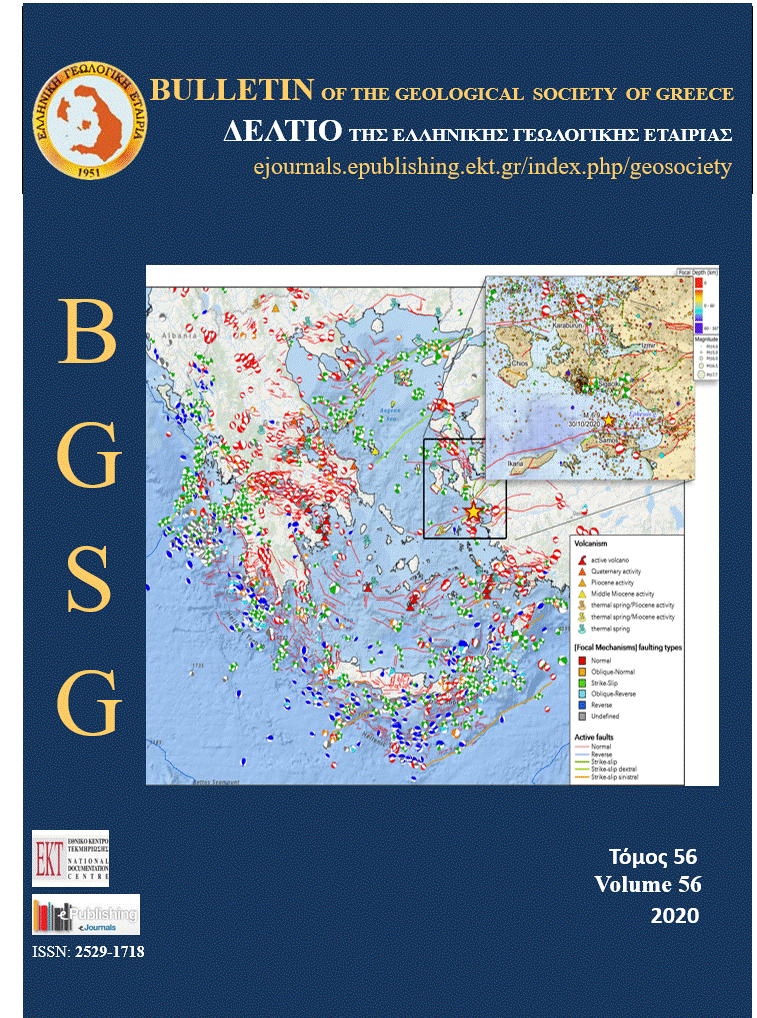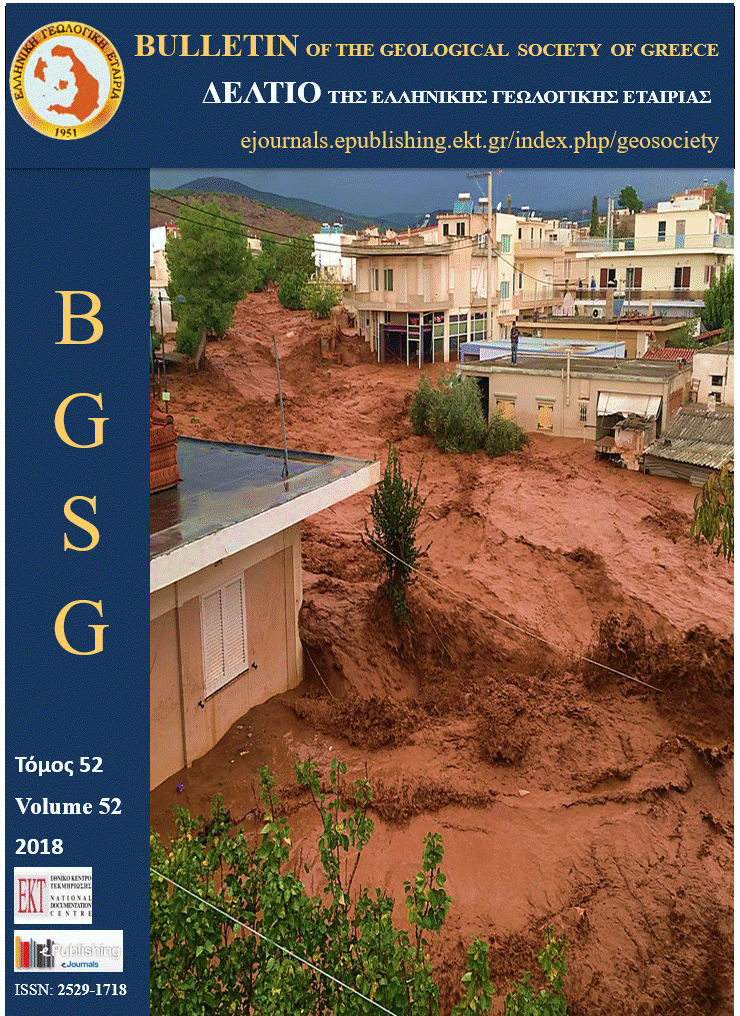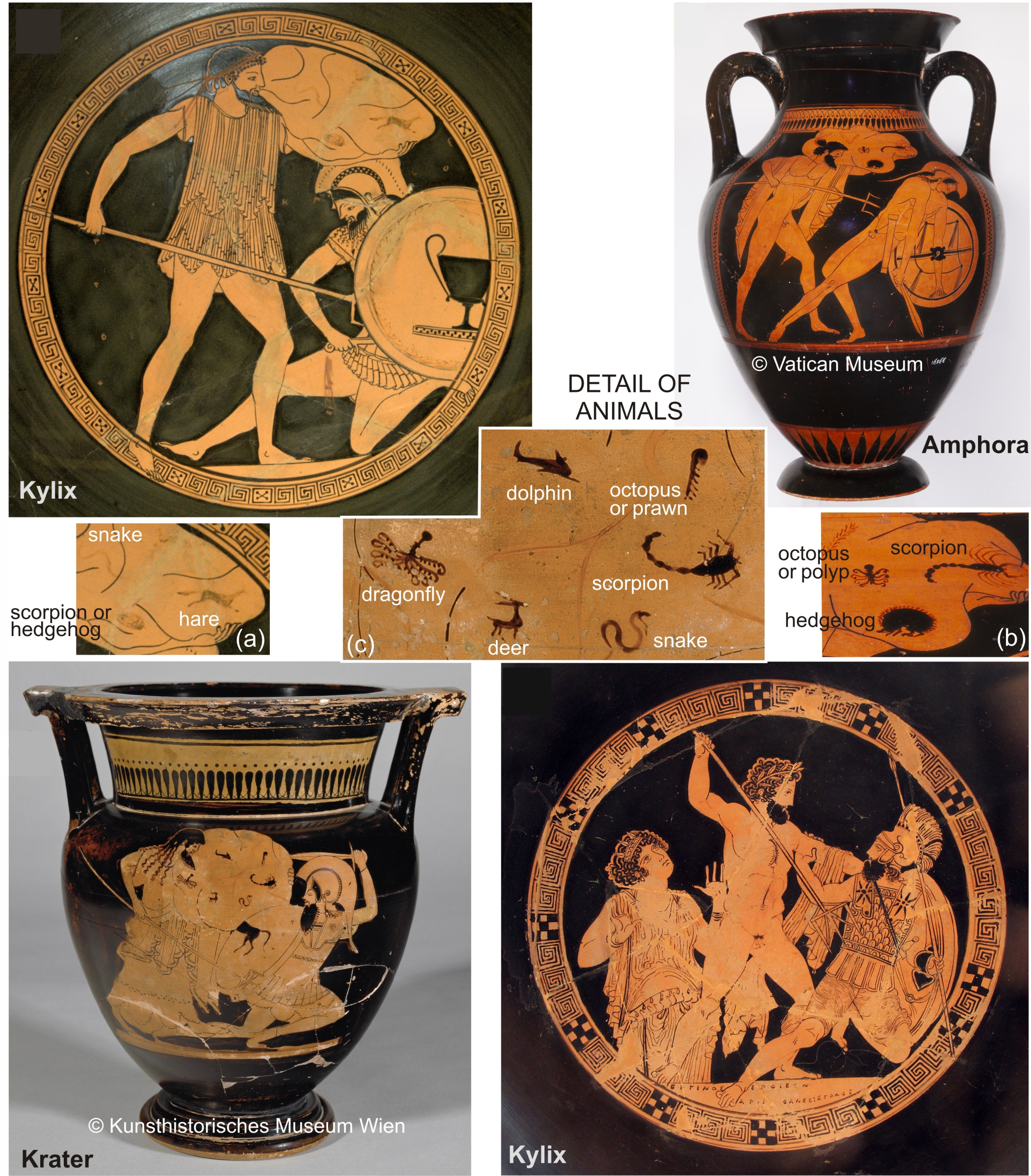Stratigraphy and tectonic evolution of Late Miocene - Quaternary Basins in Eastern Albania: A Review

Abstract
The new stratigraphic data and tectonic evolution of the Late Miocene-Quaternary basins developed in Eastern Albania are presented. The reviewed stratigraphic data for deposits filling the Ohrid, Prespa and Devolli basins show that they began to form in Late Miocene. The stratigraphic evidences from eastern Albania are confronted with the stratigraphic data from the lake basins in western North Macedonia and northwestern Greece that all show the same age of infilling. The Cenozoic tectonic evolution of Eastern Albania consists of two phases of extensional deformations, the first in Middle Eocene-Late Miocene (Pannonian/Tortonian) and the second starting in Late Miocene (Pontian s. l.). The two phases are separated by a short compressive phase at the Late Miocene (end of Pannonian/Tortonian) or pre-Pontian s. l. time. In Late Miocene (Pontian) began forming the system of the Ohrid, Prespa and Devolli basins developed along the Drini fault zone. The Korça, Kolonja, Kukesi and Tropoja basins began to form since Pliocene and the Peshkopi Basin since Early Pleistocene. Finally, only the Ohrid and Prespa lakes are still active. The Late Miocene-Pleistocene basins were filled by lacustrine, lacustrine-fluvial and terrestrial sediments of the great thickness and of varied lithology: conglomerates, gravels, sandstones, sands, claystone and marls with lignite seams. Molluscs, microflora and flora, ostracods and vertebrates are found. The Lake Ohrid is a tectonically active graben formed during two main phases of deformation: (1) a trans-tensional phase which generated a pull-apart basin, and (2) an extensional phase which leads to its present geometry. All basins in Eastern Albania are situated in a basin and range-like (graben and horst) geodynamical setting. The inferred stratigraphic and tectonic evolution of Late Miocene-Quaternary basins in Eastern Albania as well as the relief formation and thermochronological data show that the Late Miocene-Quaternary period which led to the recent geological structure of Albania and its rapid relief formation, can be accepted as ‘Neotectonic period’.
Article Details
- How to Cite
-
Pashko, P., & Aliaj, S. (2020). Stratigraphy and tectonic evolution of Late Miocene - Quaternary Basins in Eastern Albania: A Review. Bulletin of the Geological Society of Greece, 56(1), 317–351. https://doi.org/10.12681/bgsg.22064
- Issue
- Vol. 56 No. 1 (2020)
- Section
- Palaeontology, Stratigraphy and Sedimentology

This work is licensed under a Creative Commons Attribution-NonCommercial 4.0 International License.
Authors who publish with this journal agree to the following terms:
Authors retain copyright and grant the journal right of first publication with the work simultaneously licensed under a Creative Commons Attribution Non-Commercial License that allows others to share the work with an acknowledgement of the work's authorship and initial publication in this journal.
Authors are able to enter into separate, additional contractual arrangements for the non-exclusive distribution of the journal's published version of the work (e.g. post it to an institutional repository or publish it in a book), with an acknowledgement of its initial publication in this journal. Authors are permitted and encouraged to post their work online (preferably in institutional repositories or on their website) prior to and during the submission process, as it can lead to productive exchanges, as well as earlier and greater citation of published work.




